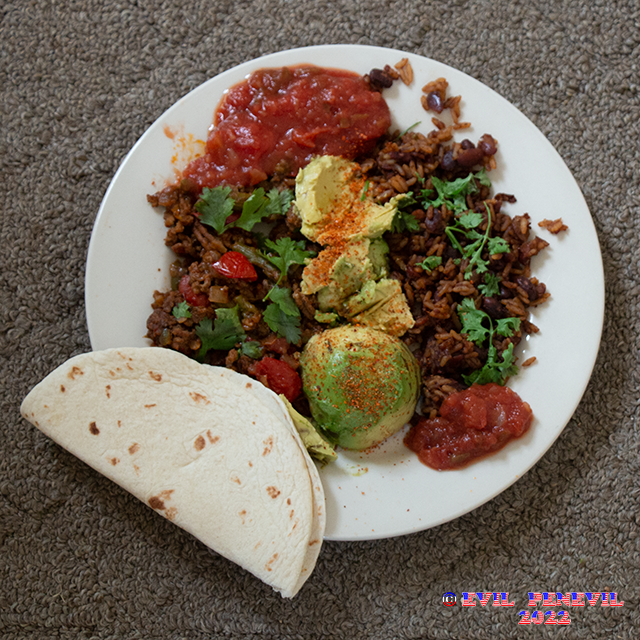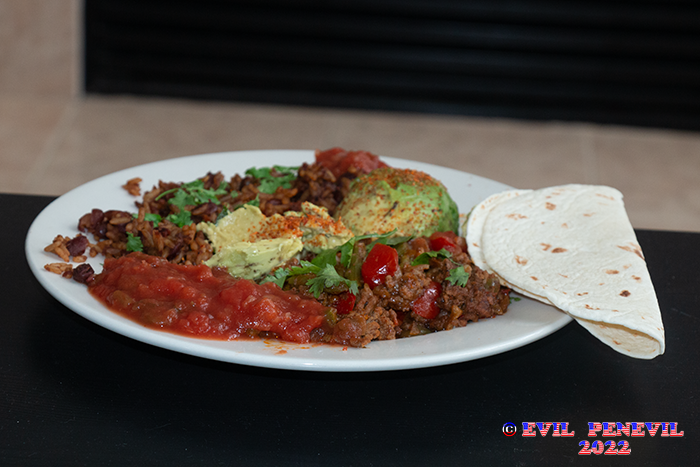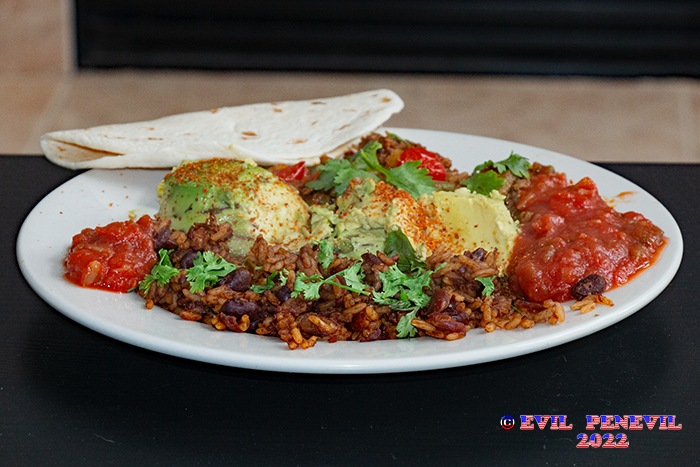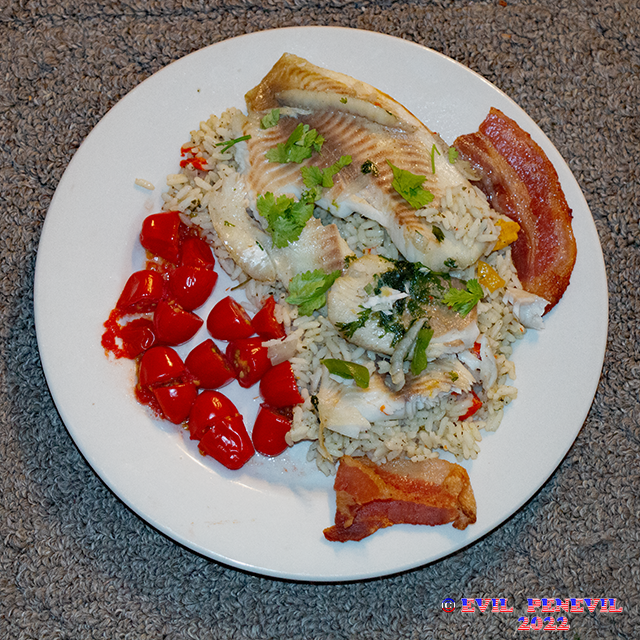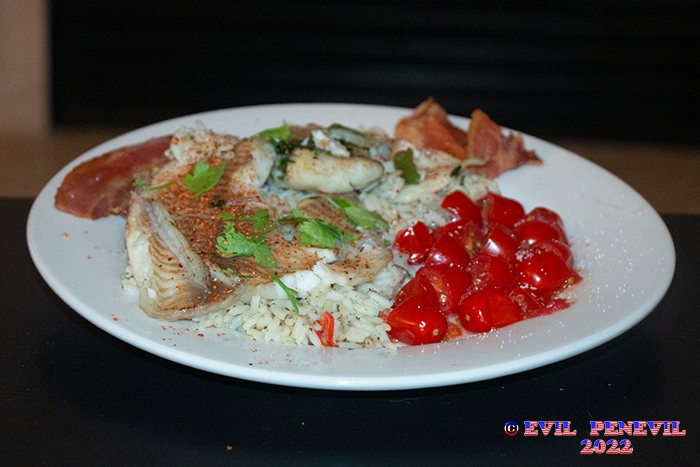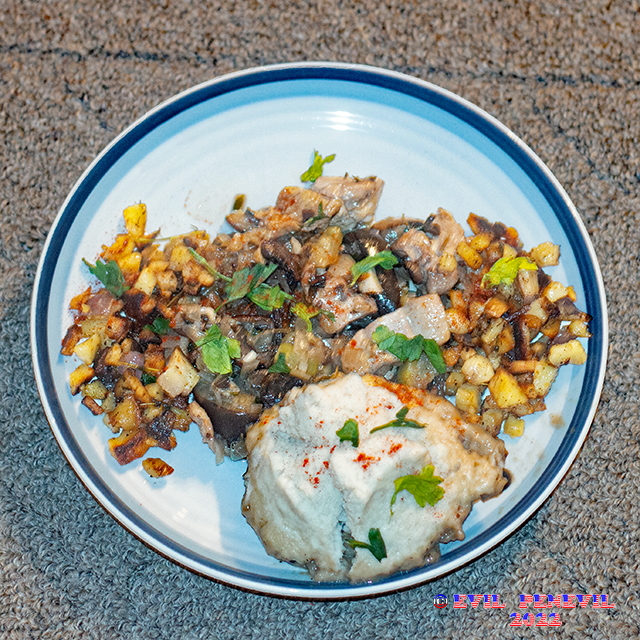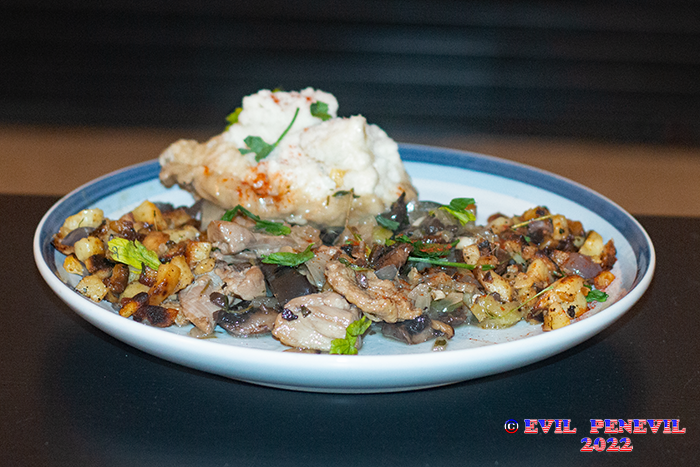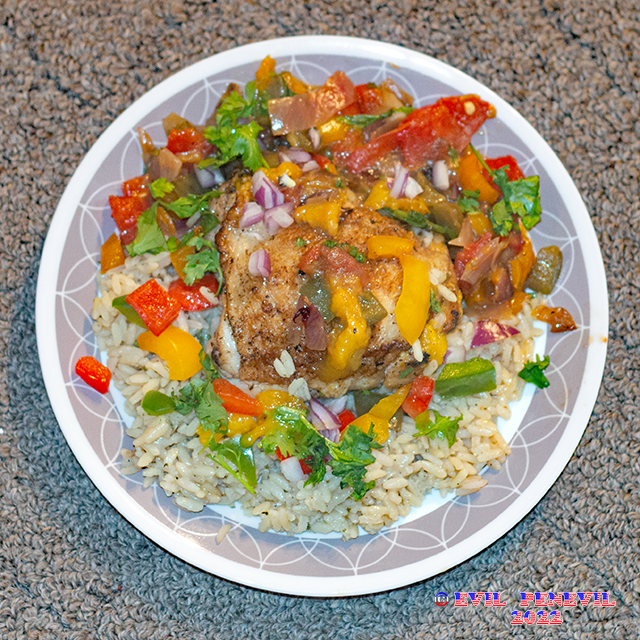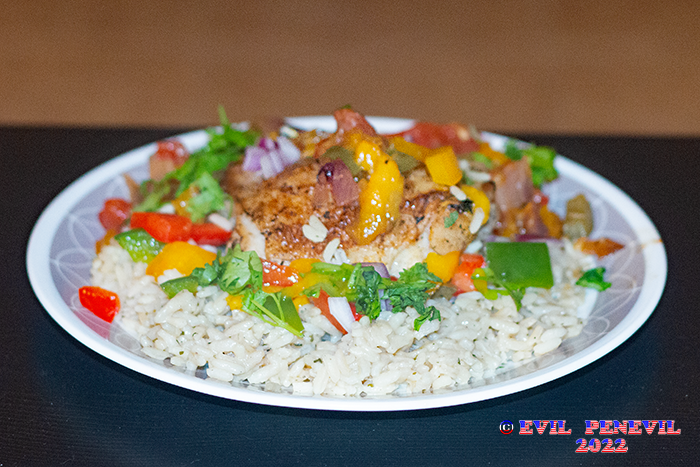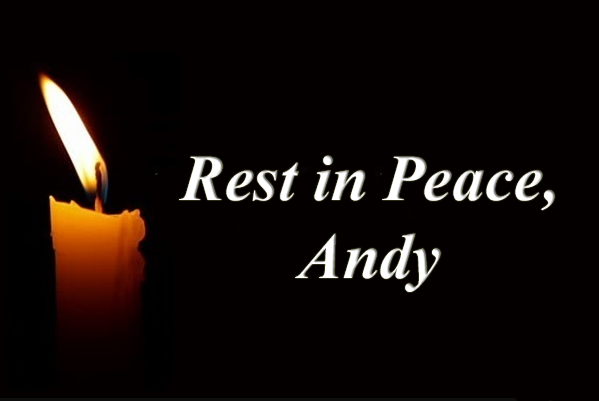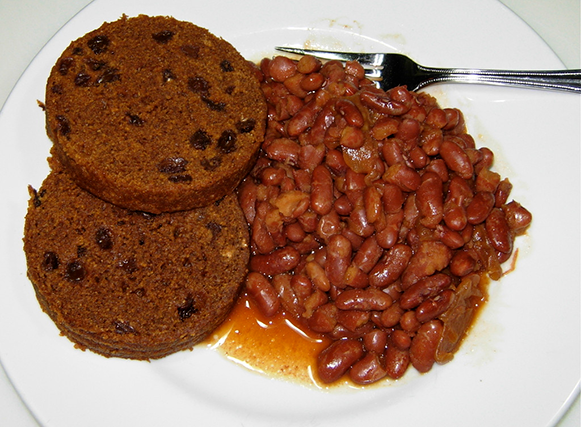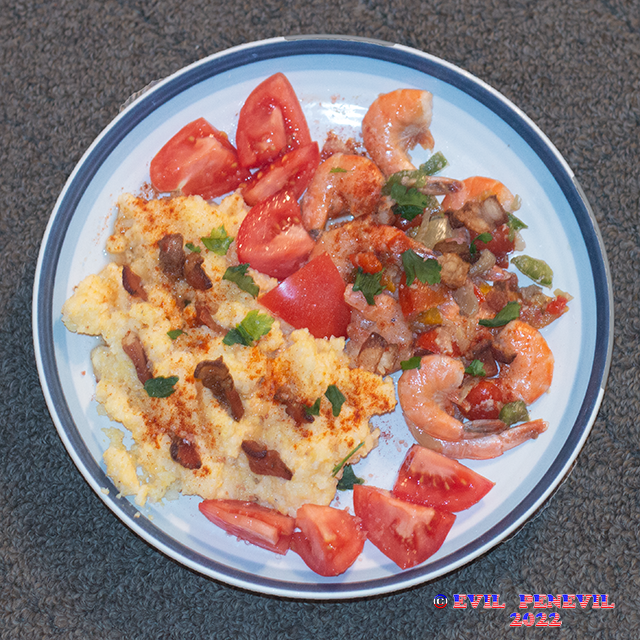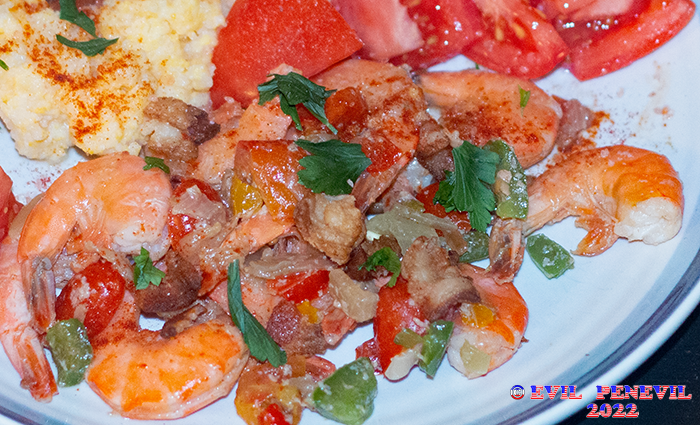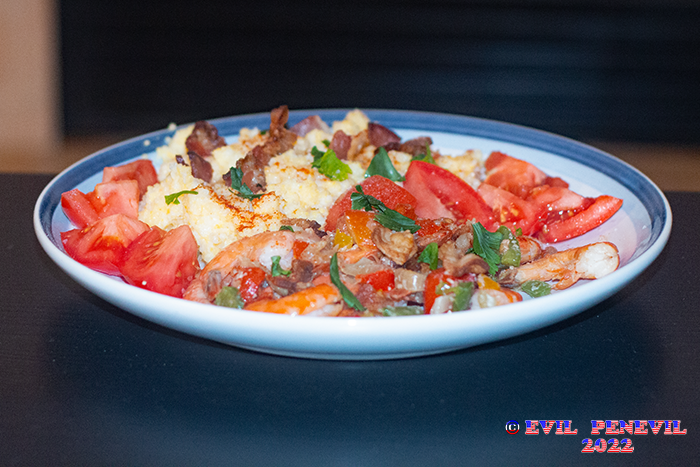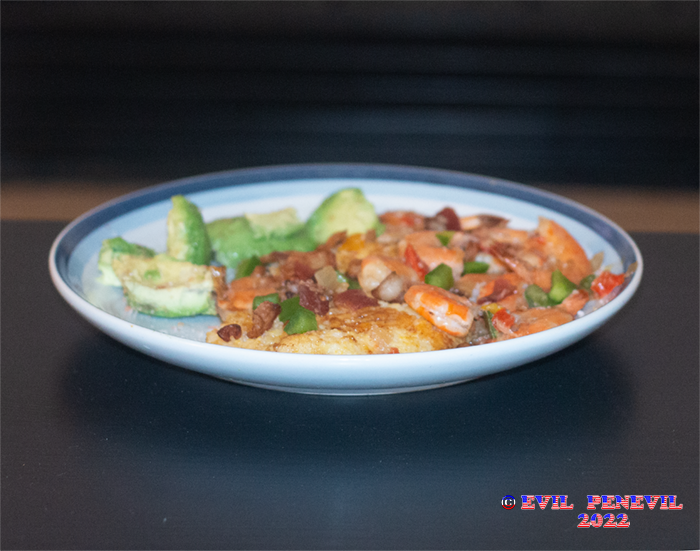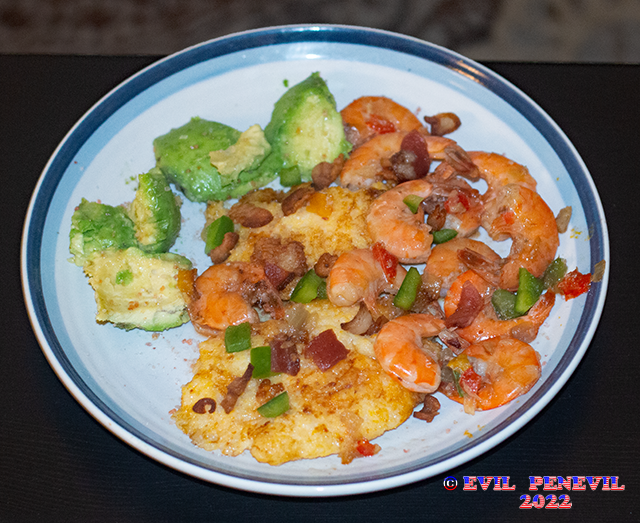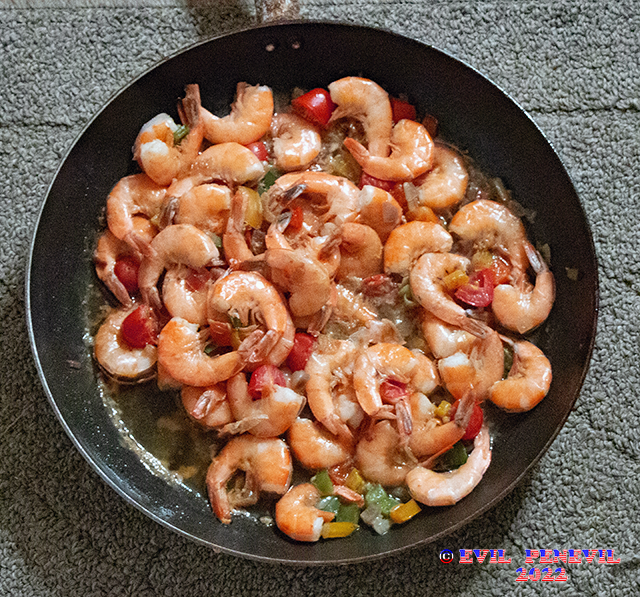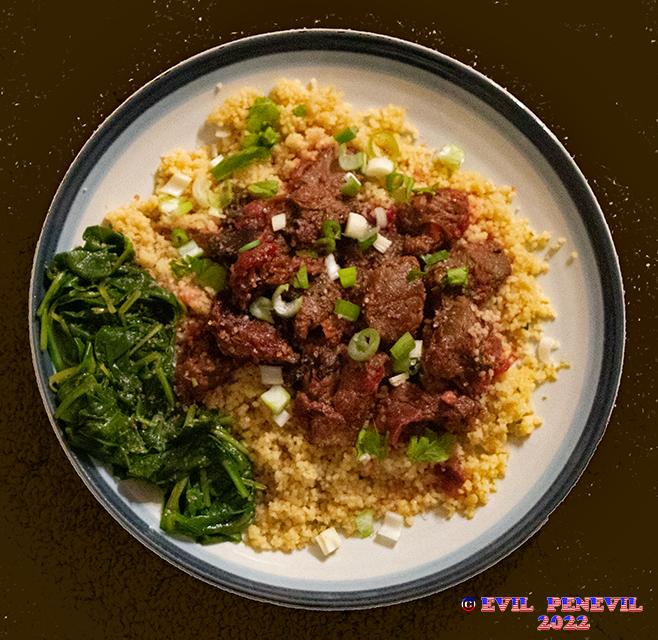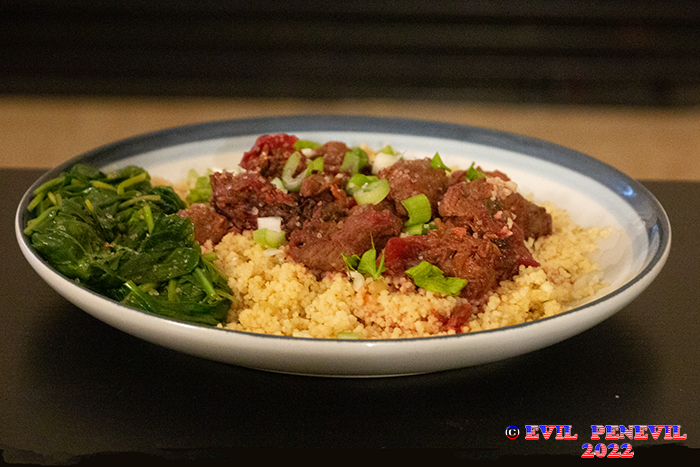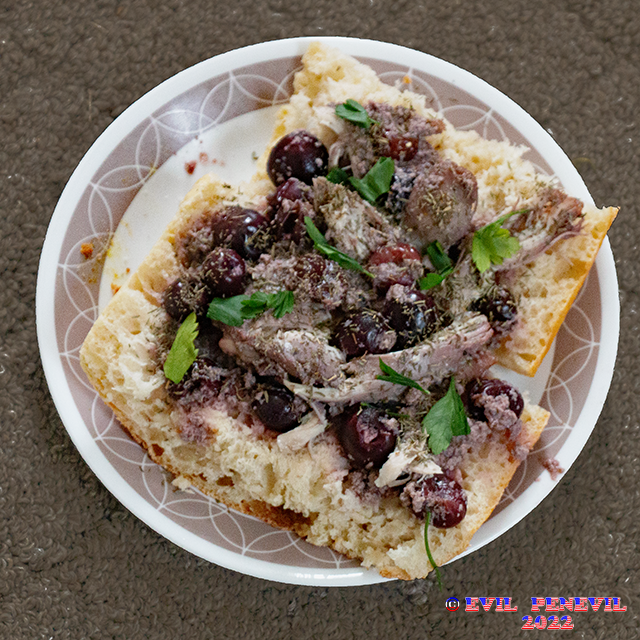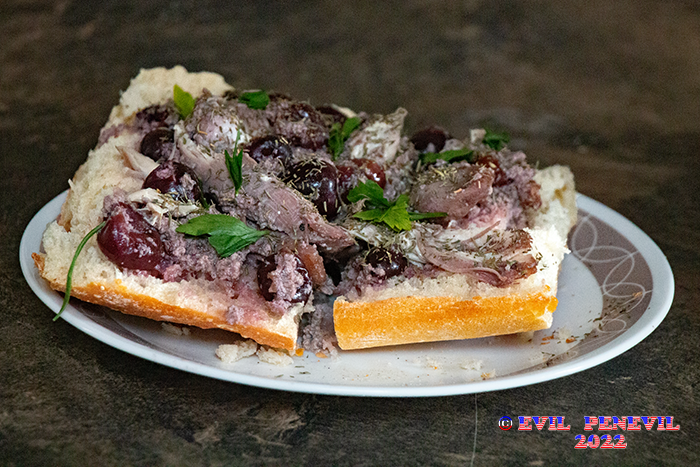-
Posts
1,634 -
Joined
-
Last visited
-
Days Won
2
Content Type
Profiles
Forums
Blogs
Events
Everything posted by Evil Penevil
-
Tex-Mex ground beef with red beans and rice; avocado; salsa and a wheat tortilla. Boiled tilapia fillets with cilantro rice, cherry tomatoes and bacon (for extra flavor). Evil
-
I've never watched that clip and never will because there's a real risk it would make me vomit. My stomach isn't strong enough for clips like that. Evil
- 47 replies
-
- historic
- interesting
-
(and 1 more)
Tagged with:
-
IF you want to see it in real life, do a search for the Danish porno actress Bodil Joenssen. The video clips of her with a pig can still be found on the Net, but not on the mainstream porno sites as bestiality vids are illegal in most countries. Warning: her clips are only for those with strong stomachs. Evil
- 47 replies
-
- 1
-

-
- historic
- interesting
-
(and 1 more)
Tagged with:
-
Italian sausage with onions and sweet peppers over tricolor pasta: and topped with parmesan: Tilapia fillets fried with spring onion and cilantro: Fried eggplant with parmesan:
-
I wouldn't mind playing that role myself! Or maybe it could be a more complicated scenario in which one bad guy tries to redeem himself by taking out an even worse type. I would suggest the Canadian whose hair is black challenge the hungry little baddie. This town isn't big enough for both of them. Evil
- 47 replies
-
- 1
-

-
- historic
- interesting
-
(and 1 more)
Tagged with:
-
There's no historical evidence that a "showdown" gun fight as portrayed in the intro to the classic Western series Gunsmoke ever took place in reality. The quick-draw "showdown" (or walkdown) was a creation of the dime novels of the late 1880s that was picked up by the early cinema industry. It became a standard scene in all types of Western films and TV series.
- 47 replies
-
- historic
- interesting
-
(and 1 more)
Tagged with:
-
One of my personal favorites-chicken with dumplings. I first sauteed the chicken, then added eggplant. onion, mushrooms, garlic, zucchini, fresh thyme, parsley and other seasonings. Chicken stock went in next and I brought the mixture to a boil, then spooned in the dumpling batter. I let it boil for 10 minutes under a lid, then turned off the burner and let it continue to cook in the residual heat for another 10 minutes. I had diced and fried potatoes on the side. Yum! Chicken with sweet peppers and mango salsa on cilantro rice. Again, yum!
-
Andy will be missed- and remembered- by many in Pattaya. My deepest condolences to his family at this saddest of moments.
-
Britain's love of tinned beans is an interesting footnote on food history. Baked beans for breakfast have a much longer history in the U.S. and Canada than in the U.K. and its other former colonies. However, beans have seldom been eaten for breakfast in North America since the early 1900s, but exploded in popularity in the U.K. over the same time period. What's most fascinating is the different perception of tinned beans in the U.S. and the U.K. In the U.S., canned beans have always been thought of as a "poor man's food," while in the U.K. tinned beans were once a luxury food eaten by the richest people. Native American tribes introduced the Pilgrim settlers to New England to boiled or roasted navy beans in the 1600s. The Pilgrims adapted beans to their own methods of cooking and baked the beans in iron pots in brick oven or in the coals of a fire. They added salt pork, maple syrup, molasses or brown sugar for flavor and to raise the calorie count. Most colonial settlers did back-breaking labor every day and burned off far more calories than the average person today. It's estimated that lumberjacks, bricklayers, farm workers and other manual laborers needed up to 10,000 calories a day for energy in colonial times, while the recommended daily intake for adult males today is 2,500 calories, less if you have a sedentary lifestyle. Most Pilgrims were Puritans and they, like orthodox Jews, followed the Biblical admonition about not working on the Sabbath. The "no-work" rule included food preparation. The Puritans would put a pot of beans in the oven or in the coals late Saturday night so they had a hot dish on Sunday. This "slow-cooking" method became a daily practice as it was an easy way to give workers a filling, high-calorie and inexpensive meal before they set out for the fields, forests and construction sites. The recipe spread to non-Puritans and followed settlers as they moved West. By the 1800s, baked beans were the most widely consumed breakfast food in the U.S., according to some food historians. Beans cooked overnight were the standard breakfast for Northern troops during the U.S. Civil War. By the 1880s, advancements in food technology and preparation decreased the popularity of slow-cooked baked beans as a breakfast dish. Except in logging camps and isolated construction sites and ranches, baked beans had pretty much disappeared from breakfast menus by the early 1900s. They continued to be a popular lunch and dinner dish, especially in the Northeast. New England baked, mostly called Boston baked beans, are very different from the stewed-in-the-can beans sold today. Real baked beans, with molasses, mustard, salt pork or bacon, whether made from scratch at home or in a restaurant, are delicious. I hate the canned tomato-sauce stuff and never eat it. Baked beans and brown bread is still an iconic meal in Boston ... while millions of Americans eat canned beans in tomato sauce, which are actually stewed in the can through a steaming process, not baked. In fact, it is a German immigrant to the U.S. who is responsible for the popularity of tinned beans in the U.K. To increase sales of his food products, Henry J. Heinz took a few crates of seven varieties, including baked beans and ketchup, to London in 1886. The buyer at the upscale Fortnum & Mason department store tried them and is reported to have replied, "I think, Mr. Heinz, we will take the lot." At first Heinz Baked Beans were sold as an expensive luxury import, with each can costing 9 pence (over three pounds at today's rate) when the average wage for London laborers was less than a pound a week. By the early 1900s, Heinz was selling baked beans throughout the U.K. and began local manufacturing, which lowered the price considerably. Pictures of members of the doomed Scott expedition to the South Pole (1910-1913) tucking into cans of Heinz Baked Beans boosted their popularity. By the 1930s, tinned beans had become a British staple food and part of the modern "full English breakfast." In the U.S., canned beans in tomato sauce are still very much regarded as a poor man's food, eaten mostly by people who don't have any other choice. The exception is "beans and franks (hot dogs)," a popular school lunch and cookout dish for children. Evil
- 122 replies
-
- 10
-

-

-

-
Shrimp and polenta with fresh tomato on the side ... Shrimp and grits is a classic southern dish, but I gave it a Mediterranean twist by using polenta. I kept the pieces of bacon from the southern version for extra flavor and saltiness. Leftovers for lunch today. I fried the polenta and had avocado on the side.
-
I made tu'hu (lamb stew with beets and leeks), one of the oldest recipes that's been found. It dates back 3,700 years to Mesopotamia and was written in cuneiform on clay tablets. It's part of the set of four Yale Culinary Tablets which list 25 recipes that were served in ancient Babylon. Tu'hu was a fairly simple recipe, similar to modern lamb stew except with different ingredients, herbs and spices. The beets gave the lamb meat a red tinge. I made it with cubed lamb, onions, leeks, shallots, garlic, red beets, beer and baby spinach, with coriander and cumin seeds and fresh cilantro as the seasonings. It was different, but tasted good. I had more baby spinach with vinegar on the side and served the stew over couscous. Back in 1700 B.C., the Babylonians would have used boiled seminola wheat, a distant ancestor of couscous. Evil Below is the start of tonight's supper: shrimp and polenta. I'll post more pics later.
-
Wordle - new online game every day bit of fun
Evil Penevil replied to nampla69's topic in General topics
I'll take this as a signal I should play the lottery this week. Wordle 298 1/6 🟩🟩🟩🟩🟩 -
Wordle - new online game every day bit of fun
Evil Penevil replied to nampla69's topic in General topics
Got lucky today= Wordle 295 2/6 ⬜⬜🟩⬜⬜ 🟩🟩🟩🟩🟩 -
I followed a recipe from the 1600s for "Boiled Chicken and Cherries." Not the prettiest dish I've made- the juice from the cherries gave the sauce and chicken an odd color- but it had a very interesting taste. Chicken thighs were boiled in broth and white wine with thyme, parsley, marjoram and rose water (!) as the seasonings. The thighs were removed from the cooking liquid and the sauce was made by adding cherries and beaten eggs, then boiled until the sauce thicken. The chicken was shredded and went back into the sauce. The flavors were allowed to meld for an hour. The chicken and cherries were served like they would have been in the 1600s- on pieces of bread. I used a hearty ciabatta. It's not a dish I'll make often, but it was different and tasted good. Evil
-
Wordle - new online game every day bit of fun
Evil Penevil replied to nampla69's topic in General topics
Wordle 294 2/6 🟩🟩🟩🟨⬜ 🟩🟩🟩🟩🟩 -
Wordle - new online game every day bit of fun
Evil Penevil replied to nampla69's topic in General topics
Wordle 293 2/6 🟩⬜🟩🟩🟩 🟩🟩🟩🟩🟩 -
Wordle - new online game every day bit of fun
Evil Penevil replied to nampla69's topic in General topics
Wordle 292 4/6 ⬜⬜⬜🟩🟨 ⬜🟩🟩🟩⬜ ⬜🟩🟩🟩🟩 🟩🟩🟩🟩🟩 -
It's a ridiculous list, clearly compiled with the television viewing preferences of Joe Sixpack from Norman, Oklahoma, in mind. The "methodology" used is absurd. If you want to see the how ESPN decided which sports were hardest, take a look at this LINK. The standards used to rank the sports are weighted heavily in favor of sports that require physical power and endurance, which happen to be the sports Joe Sixpack enjoys watching the most. Just about any human activity can be made into a competitive activity. Whether that activity deserves to be called a sport, however, is very much a matter of opinion. You have to distinguish between individual athletic performance and team sports as well as sports that depend on motor vehicles, boats, planes, horses, etc. And how about a sport like sumo wrestling? Is it more difficult to become a sumo wrestler than a Western boxer or wrestler? Is muay thai harder or easier that Western boxing? It's virtually impossible to arrive at standards which take into account all the factors involved in one activity versus another. But I guess it does provoke discussion, which was probably its goal. Some very difficult sports didn't make the list. Would anyone in his right mind argue that bowling or badminton are more difficult than jai alai? Or that volleyball is harder than sepak takraw?
-
I guess this qualifies as a fight:
-
The Gunfight at the O.K. Corral is the most famous shootout in the history of the U.S. West. It was prompted by an attempt by Marshall Virgil Earp and his deputies (his brothers Wyatt and Morgan and friend Doc Holliday) to disarm a group of Cowboys. In 1881, Tombstone, Arizona had much stronger gun control laws than today. A town ordnance stated, " It is hereby declared unlawful to carry in the hand or upon the person or otherwise any deadly weapon within the limits of said city of Tombstone, without first obtaining a permit in writing." It also specified, "All fire-arms of every description, and bowie knives and dirks, are included within the prohibition of this ordinance." In those days, the term "cowboy" carried a negative meaning, synonymous with "outlaw" or at least "ruffian." The terms used for "honest" men who actually worked with cattle were herder, drover or ranch hand.
-
The famous "slap fight" from My Name is Nobody. Terence Hill was an Italian actor who achieved stardom in a series of comic Westerns.
-
It's not MY all-time favorite fight scene, but it's a good one and more realistic than most. Evil
-
-
James Bond vs Bambi and Thumper
-
Snake in the Eagle's Shadow established both Jackie Chan as a martial arts' movie star and the slapstick fight as a genre. The funniest fight scene cuts across two clips.


